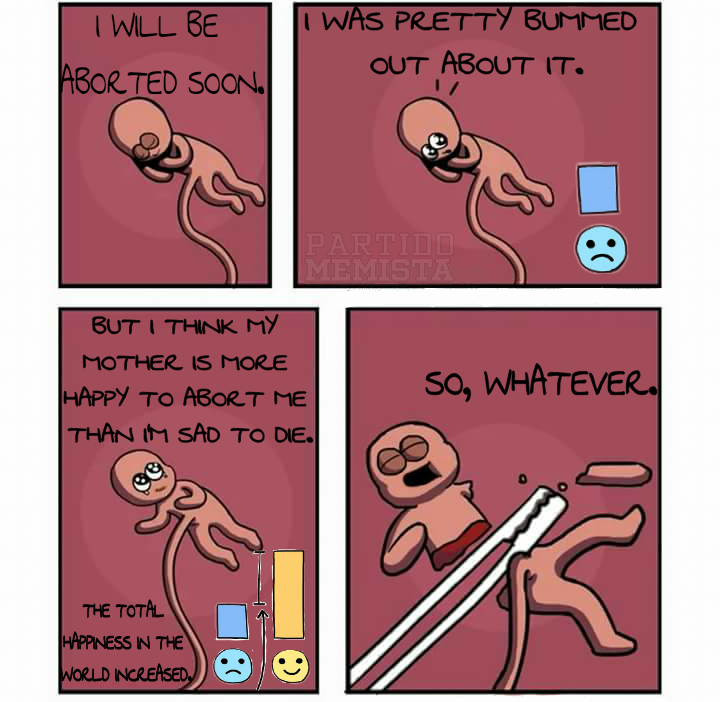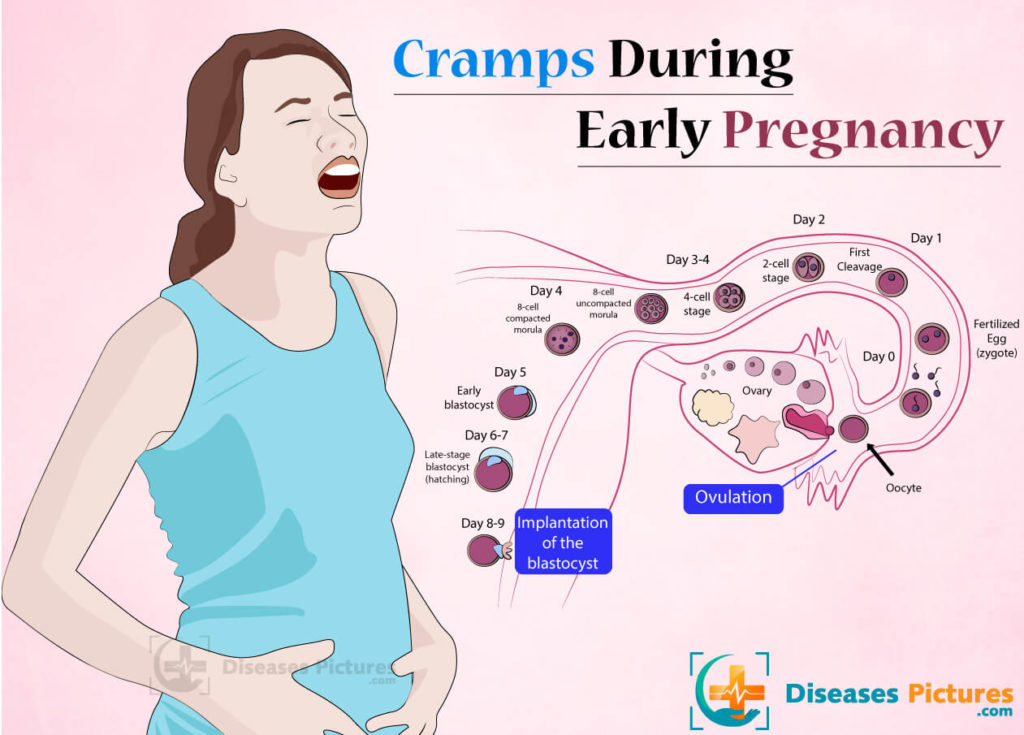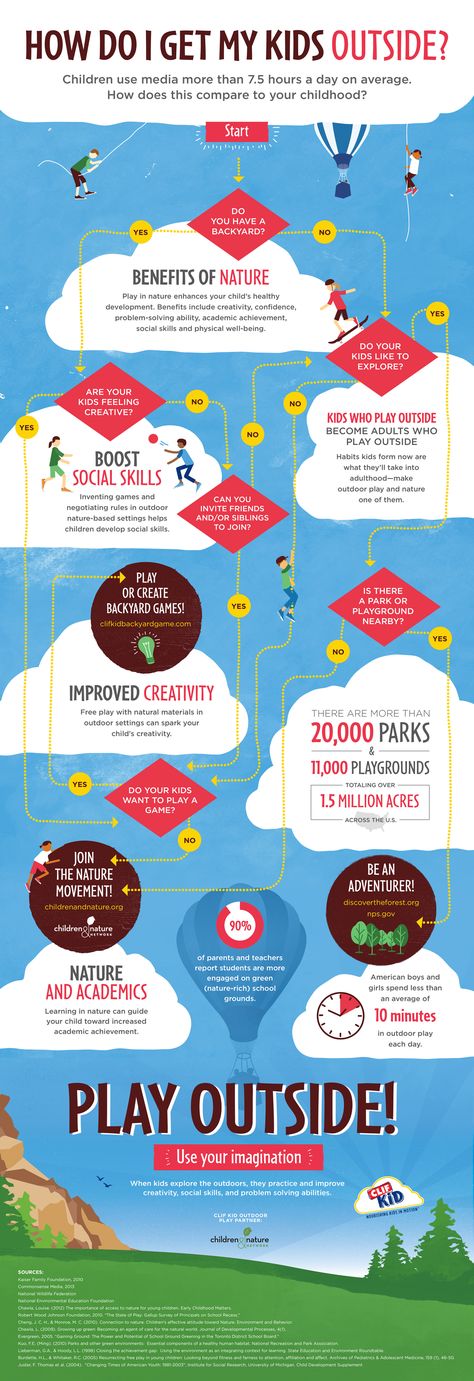How do i know if my child is smoking pot
How To Tell Your Child is High
More mainstream than ever before, access to both recreational and medical-grade marijuana is becoming easier each and every day. On top of that, recent legal changes have altered the view of any dangers related to the use of this drug, particularly in young teens.
And though when used properly marijuana has been proven to offer health benefits for certain conditions, inappropriate use can lead to a wide range of problems. It can have drastically negative effects on health, situational judgment, memory, coordination, and more.
As it has quickly become the most commonly used drug in young generations, it is essential that you know how to recognize the main signs of marijuana use in teens to keep your child safe and healthy.
Signs your child may be smoking weed may include:
- Smelling like marijuana
- Red or bloodshot eyes
- Delayed reaction times
- Mood swings
- Laziness and tiredness
- The presence of marijuana related paraphernalia
- Paranoia or anxiousness
- Hunger or the “munchies”
The effects of smoking weed can be both seen and smelled shortly after use. If your teenager comes home with red or bloodshot eyes, that is one of the most telltale indicators they are high on marijuana. Other physical signals include issues with muscle coordination as well as delayed reaction times both physically and mentally.
An additional sign is the distinct smell of marijuana, which many compare to a strong, musky odor that is similar to the scent of a skunk. This strong smell can easily make its way into the fibers of your teen’s clothing.
Changes in Emotional StateDifferent strains or types of marijuana have varying effects on the human body that can impact the user’s mind. Key signs of marijuana use in teens are related to their daily attitude, which can include mood swings, laziness, and overall tiredness. They may also appear anxious with an increased heart rate, depending on how their body reacts.
These changes can inhibit your child’s ability to focus at school, work, and home. This often leads to negative effects on grades and performance, which could be a bigger sign that it has grown into an addiction.
Using drugs typically requires specific tools and equipment to ingest or smoke the substance in question. Marijuana is no exception with over ten different ways to consume the drug including:
- Hand pipes and water pipes
- Joints or blunts (wrapped like a cigarette)
- Hookahs
- Vaporizers
- Oils
- Edibles (i.e. brownies, cookies, etc.)
- And more
Being keenly aware of the things needed for each of these options can help parents look out for them around the house or their teenager’s bedroom.
How to React if Your Child is Using MarijuanaFinding out your child is using drugs will likely stir up strong emotions, but your reaction may be a deciding factor in how you’ll be able to help them.
As with any drug, the effects of marijuana can be addictive. While some teenagers may try marijuana once and never touch it again, others may develop an addiction that can have a negative impact on the rest of their life.
If you find these issues arise, it is recommended that you seek out treatment for your teen at a rehab center.
How to Tell Your Child is Smoking Weed
Category: Resources
Marijuana is often one of the first substances a person experiments with. Weed is one of the most accessible drugs today and with a changing legal status, the drug is easier to acquire than ever before. Like any substance, use of weed has the potential to lead to dependency and addiction. While many discussions about marijuana use intend to paint a positive picture, marijuana largely remains a drug that changes the way a person behaves, as well as their interactions with those around them.
As a parent, you are often the first to notice changes in your child’s behaviors, and you may suspect that substance abuse is at the root of it. In this article, we will explore the most common signs of marijuana use, what it looks like in various forms & common hiding spots, and Learn the Signs: How to Tell if Someone is Smoking Weed
There are numerous telltale signs that someone is smoking marijuana. From physical symptoms to behavioral changes, use of weed is generally not discreet and your child may go above and beyond to conceal it from you.
From physical symptoms to behavioral changes, use of weed is generally not discreet and your child may go above and beyond to conceal it from you.
Physical Signs
- One of the most common indicators of marijuana use is red eyes. You may notice your child keeps eye drops, which may be used to conceal this side effect.
- If your child smokes marijuana, you may notice small burns on the ends of their fingers. This usually happens when someone smokes a joint to the very end.
- If your child is suddenly using mouthwash, different body sprays, or other products such as air fresheners, they may be smoking weed. Marijuana has a very distinct, pungent smell, and many will use these products to cover it.
- Take this quiz to determine if your son or daughter is showing the telltale signs of drug abuse.
Behavior Changes
- Marijuana is known to make users become more lethargic. This may manifest as them no longer taking an interest in activities they once enjoyed or seeming depressed or isolated.

- Using weed can also cause your child’s academic performance to drop. With decreased engagement and interest in other activities, your child’s grades or work ethic may begin to shift.
- Changes in who your child spends their time with is also a major clue. If your child ditches long-term good friends for objectionable people, it may be a sign that they are experimenting with drugs. You may also notice your child’s language change; they may speak in code or become more secretive when they suspect you are around.
Paraphernalia
Marijuana comes in a variety of forms. Depending on the way your child uses it, you may find various forms of paraphernalia. This may include:
- Rolling papers: Thin, lightweight, white paper used for hand-rolled cigarettes or joints. They often come in small, long rectangular packs of several cigarette-size sheets, often folded inside a cardboard wrapper.
- Bongs: or water pipes can be plastic or glass. They usually have a removable piece or “bowl” that holds the marijuana or tobacco and a larger body where the water is added.
 They come in all sizes.
They come in all sizes. - Pipes: smaller and more portable glass or plastic pipes. There is usually a visible hole or “bowl” where the marijuana is placed.
- Edibles such as brownies or cookies: edibles come in various shapes and sizes. They are actual brownies, cookies, or candies that are baked with THC.
- Vapes or Vaporizors: some, not all, vaporizors are designed for smoking wax which contains a more concentrated form of THC. These vapes may appear like other nicotine vaporizers but most juice bottles will have the level of THC printed on them if they contain in.
What Weed Looks Like in Various Forms
Marijuana can be smoked or consumed through a food or beverage. Here are some of the most common forms of consumption you may encounter:
- Marijuana is a plant- you may find stems, seeds, or grassy-looking substances
- Marijuana can also be infused with tea so what may appear to be tea leaves could actually be weed
- Weed is also consumed in edibles which are usually in dessert form – the most common edibles you may encounter are brownies or cookies
- Some may use wax: a resin that contains high concentrations of THC – this is usually a yellow, hard substance that is melted down and smoked
Common Hiding Spots for Parents to Check
Your child will try to conceal marijuana use through a variety of means.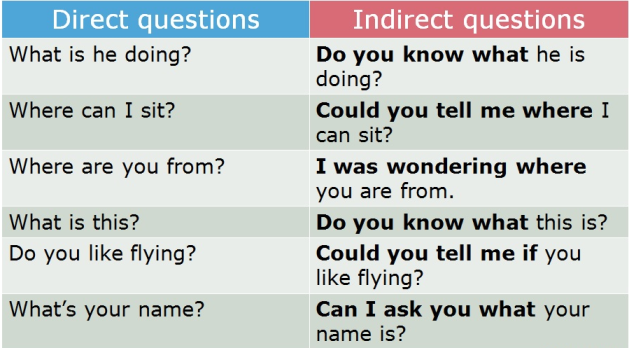
- They may go for long walks or block cracks in bedroom doors to prevent smoke from spreading in the house
- There are countless places your child could hide weed, but some of the most common locations include:
- Underneath the mattress
- In small boxes, such as jewelry boxes
- In their car: to keep it out of the house, young adults may store it the center console, their gym back, trunks etc.
- In their backpack
- Behind furniture
- Battery hatch: check inside the battery hatch of teen’s electronics like alarm clocks, stereos, etc.
- Highlighters: some young people are hollowing out highlighters to hide their stash
- Deodorant sticks: some may hallow out the tube and hide their weed there
- Inside the closet:they could be hiding it in a box or in a specific place or even inside of their clothes
- Outside the House: If you suspect the symptoms of marijuana use and abuse remember that your son or daughter may be stashing their weed outside the house to try and keep it hidden from you or other family members.
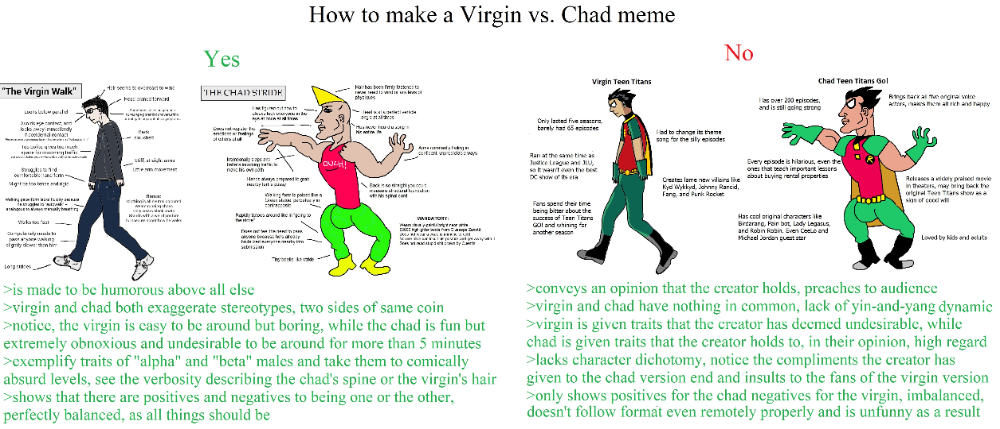 Checking the car, gym bags etc may be another place to start.
Checking the car, gym bags etc may be another place to start.
My Child is Smoking Pot, Now What?
Once you have confirmed your suspicions, you can begin to formulate a plan to move forward. Intervening early in substance abuse is critical in ensuring your child receives appropriate care. It may be difficult to know how to proceed, but there are several steps you should take:
- When appropriate, talk to your child: If they seem to be open and willing to discuss, the first is reaching out to your child. Depending on the nature of their addiction and your relationship with them, you can approach this in a number of ways. In some cases, having a frank conversation with them can help you broach the topic. In other instances, an intervention may be necessary. Starting the conversation is critical in helping your child realize they may have a problem and work towards getting the help they need.
- Contact a professional: Regardless of the degree of care your child requires, working with a professional to determine your next steps can make the process much easier.
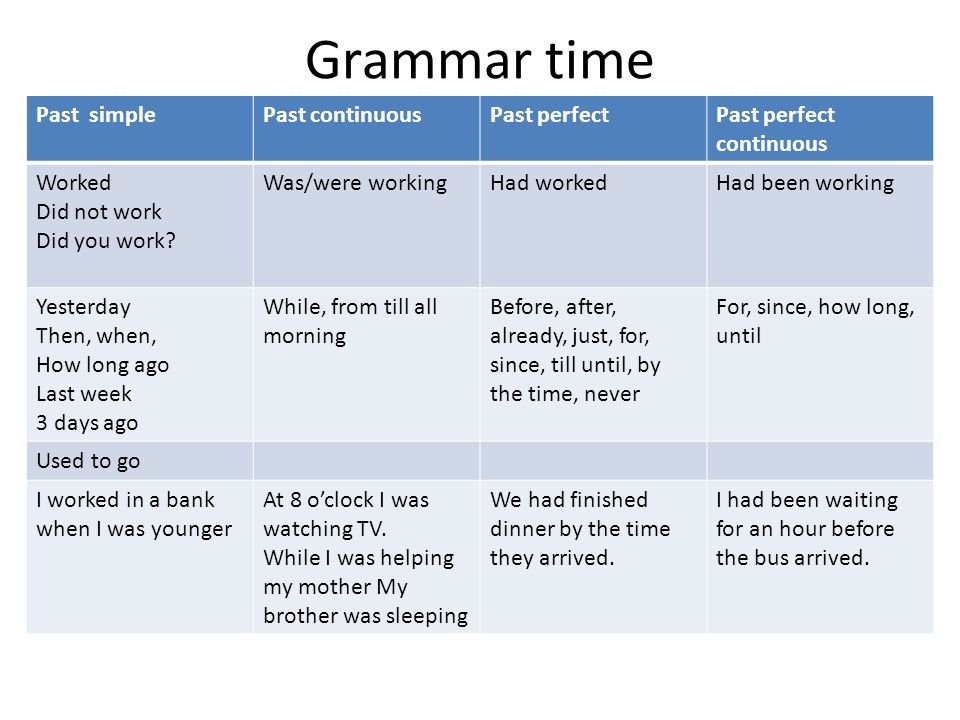 Those who work in the treatment world can help connect you with resources and evaluate your individual circumstances to make a recommendation. With so many options available, it can be difficult to navigate the road to recovery alone. A professional can remove some of the apprehension or anxiety you feel moving forward in your child’s treatment by providing you with unbiased treatment options.
Those who work in the treatment world can help connect you with resources and evaluate your individual circumstances to make a recommendation. With so many options available, it can be difficult to navigate the road to recovery alone. A professional can remove some of the apprehension or anxiety you feel moving forward in your child’s treatment by providing you with unbiased treatment options. - Offer resources: In addition to working with a professional, you can also offer additional resources to help support your child. Resources can range from changing the way your home operates to reinforce sobriety, to helping your child connect with resources such as group meetings or extracurricular activities. Finding ways to engage with your child in significant ways can help them replace the time used to get high with more meaningful interests. This both helps your child reestablish their identity and learn to enjoy sobriety.
From Abuse to Addiction: How to Know if Your Child is Addicted to Weed
Substance abuse does not always turn into addiction. In certain cases, some people are able to experiment with drugs and never develop a dependency. Marijuana tends to be popularly represented as a substance you cannot become addicted to; however, many find themselves relying on the drug to even feel normal.
In certain cases, some people are able to experiment with drugs and never develop a dependency. Marijuana tends to be popularly represented as a substance you cannot become addicted to; however, many find themselves relying on the drug to even feel normal.
If you observe that your child tends to be under the influence most of the time, they may rely on weed to get through the day. Many will begin to experience withdrawal symptoms without it. Symptoms such as fatigue, irritability, insomnia, or feelings of depression can all be indicators that an addiction has formed. In some cases, a person may experience more physical symptoms such as stomach aches, fever, chills, and headaches. Using weed quiets these symptoms, making a person more reliant on it.
Withdrawal from marijuana is generally not life-threatening, but it can be uncomfortable.
In some cases, feelings of depression or agitation could cause a person to put themselves in a dangerous situation. Even if you feel that marijuana addiction is not as dangerous as another illicit substance, the experience of withdrawal can have very different effects on individuals, making it especially important to enlist the help of professionals when starting the recovery process.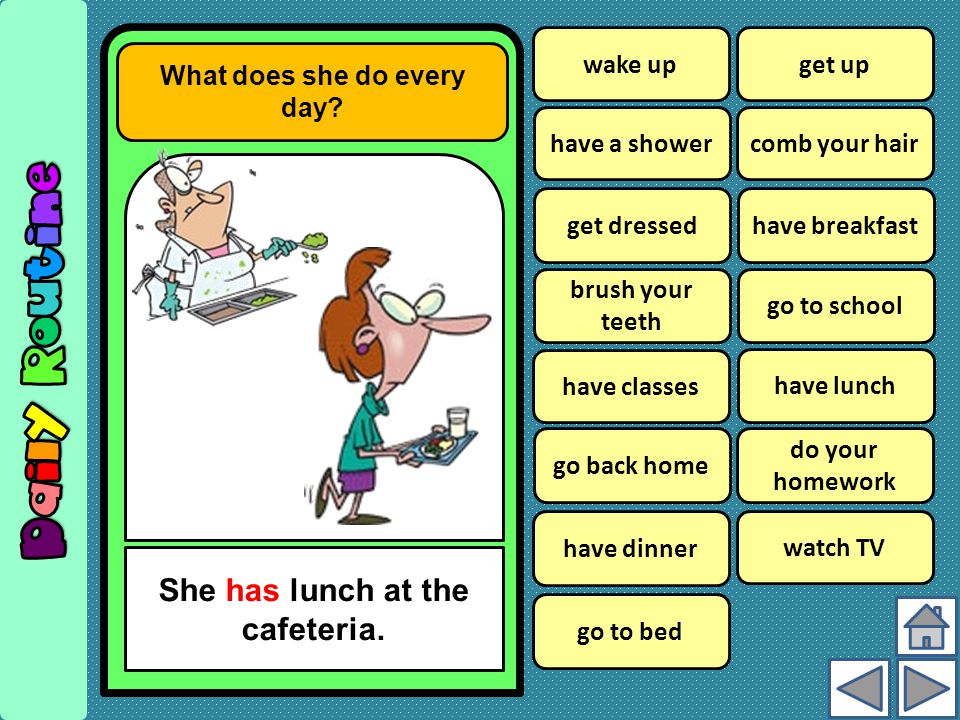 Medical professionals are able to help make the withdrawal process as comfortable as possible while simultaneously removing the influence of enabling peers and environments.
Medical professionals are able to help make the withdrawal process as comfortable as possible while simultaneously removing the influence of enabling peers and environments.
Think Your Child is Smoking Weed? Here’s What You Can Do Now
If you feel confident your child might be struggling with marijuana, learn more about treatment options for weed addiction. If you’re ready to find out how Sober College can help your child get back to living up to their full potential, fill out a contact form and we’ll get back to you within 24 hours.
Sources
https://americanaddictioncenters.org/marijuana-rehab/withdrawal/
https://www.choosehelp.com/topics/teenagers/marijuana-use-15-signs-parents-need-to-watch-for
What to do if a child uses, smokes weed, how to help: psychologists' answers to teenagers and peers
07/24/2017
- cigarillos, tobacco rolls, etc.
- It is worth understanding whether this was a random single sample and this is no longer repeated, or whether this is far from the first time, and everything is repeated systematically.

- Make sure it is your child who is doing this before you worry and panic. Perhaps this is the addiction of his friends, next to whom he is often and is not the initiator of smoking weed.
What does it look like?
Marijuana is usually distributed as a green or brown-green mass of plant origin (very similar to oregano) with a characteristic strong odor.
Marijuana is often stored in small plastic bags, small plastic containers or jars.
Look for supplies needed to use drugs. Pipes, hookahs, tissue paper, lighters, and other accessories may indicate that your child is addicted to marijuana; these items are quite easy to find in the things (in the room) of a teenager.
If you smell marijuana, be sure your child has recently smoked marijuana or has it at home. The fact is that marijuana has a very specific and strong smell. Some compare it to the smell of a skunk (only marijuana is not as smelly), others to a cloying smell.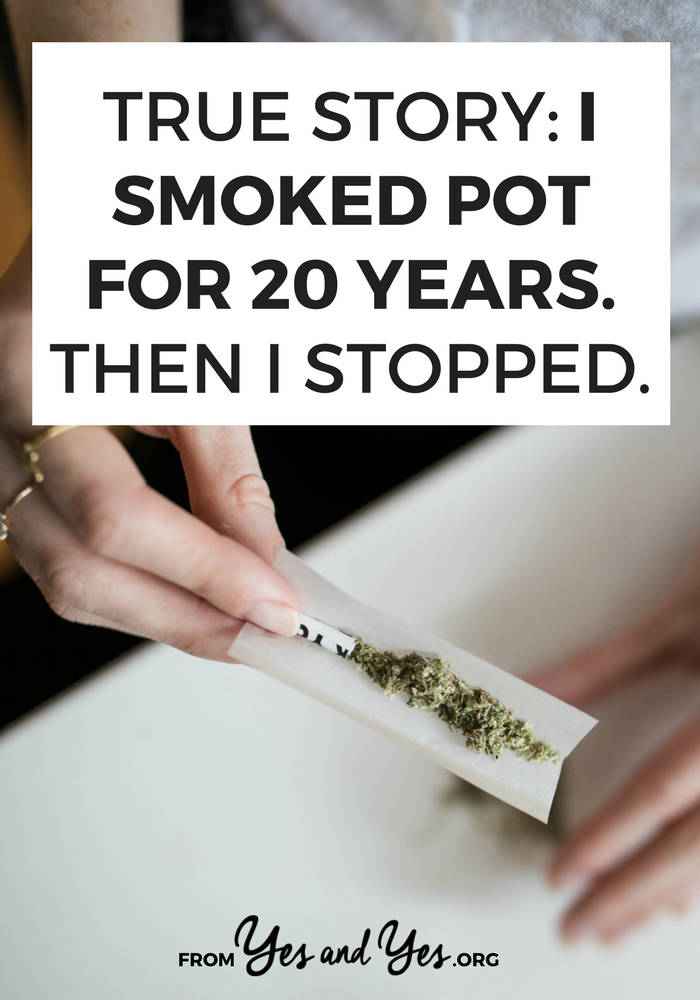
The smoke from a marijuana cigarette is reminiscent of the smell of fresh tomatoes or smoldering tea leaves. Some people think that the smoke from a marijuana cigarette smells "sweeter" than the smoke from a regular tobacco cigarette. The smell of marijuana soaks into clothes, hair and furniture upholstery.
If you notice all of these signs, then most likely the child smokes weed. But don't forget that many of the markers below are common in teenagers for other reasons as well. It always makes sense to consult a specialist and talk honestly with your child. What are the markers:
- Assess the child's mood. Is your child not feeling well? Does his mood fluctuate for no reason? Do you think he is scared? Perhaps this behavior is a consequence of the use of marijuana. Marijuana is a psychoactive substance that affects the functioning of the central nervous system and temporarily changes the way a person thinks and feels
- Many believe that the use of marijuana leads to dilated pupils, but this is a disputed fact, so it is better to pay attention to redness of the eyes
- A sign of smoking marijuana may be the fact that a teenager has started using eye drops that reduce irritation of the eyes (these drops also reduce redness of the eyes)
- Monitor your child's behavior .
 Marijuana use leads to cognitive impairment, which occurs more often the more a teenager smokes marijuana. If you suspect a child of using this drug, look out for the following symptoms:
Marijuana use leads to cognitive impairment, which occurs more often the more a teenager smokes marijuana. If you suspect a child of using this drug, look out for the following symptoms: - Slow response
- Difficulty making decisions
- Memory degradation
- Clouding of consciousness and inability to carry on a conversation
- Paranoid thoughts, that is, an unreasonable fear of someone or something. This symptom is most pronounced in adolescents with a weak psyche
- Stupid and illogical behavior (strange reactions, laughter at unfunny events and phenomena)
- Also remember that smoking marijuana can lead to dry mouth, so your teen will need to drink plenty of water or other beverages.
- Excessive appetite (“zhor napal”) has long been associated with marijuana use, and recent scientific studies have shown that smoking marijuana leads not only to a sharp increase in appetite, but also to sharpen the taste buds. Therefore, if you are faced with the fact that sometimes your child becomes insatiable, then perhaps he is addicted to marijuana.

- But do not forget that increased appetite in adolescence is a very common phenomenon. The body of a teenager develops rapidly, so at this age the child consumes more calories (that is, eats a lot).
What to do:
- Create an alternative and switch the child to some activity that is interesting for him, give him a chance to feel like an adult in a different way and, perhaps, even earn and save money for an expensive one.
Try to fill his daily life with worthy and safe activities: the only way to defeat addiction is to literally replace it with something else. Refrain from direct bribery (“If you leave, we will buy you such and such”), however, look for an opportunity to realize the dream of a son or daughter. For example, fund some of his exotic hobbies or encourage a new hobby. Everything is good - from rock climbing to mountain biking, from breakdance to Chinese language courses.
- Calmly and with visual arguments talk about breaking the law and harming life, show public service announcements.
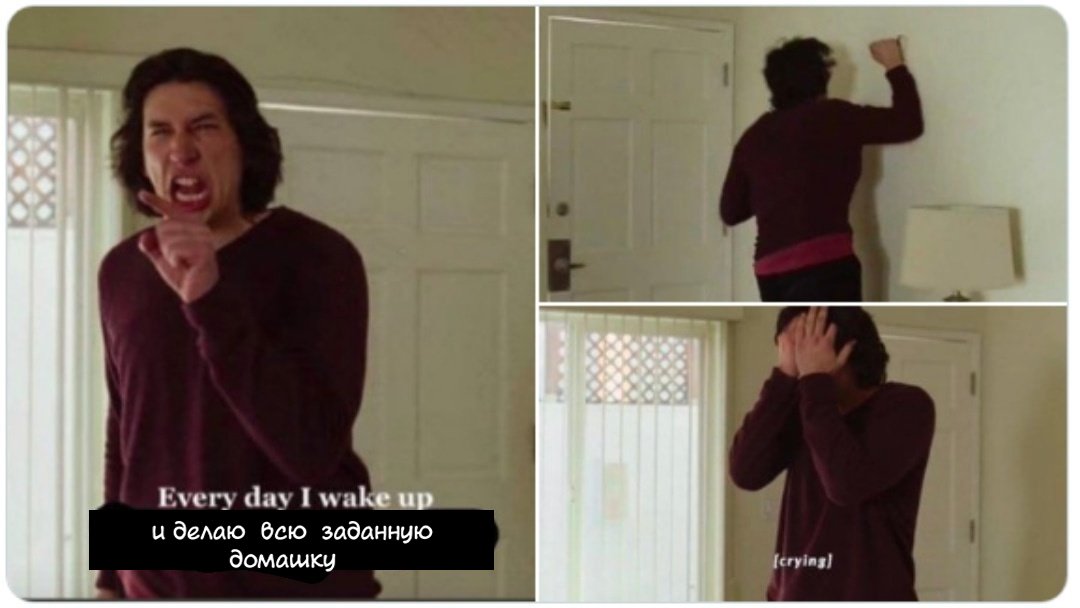 You can seek help from a psychologist. Try to explain your decision and convey to him the negative effects of drugs on his body and social position. For example, describe the following negative effects associated with adolescent marijuana use:
You can seek help from a psychologist. Try to explain your decision and convey to him the negative effects of drugs on his body and social position. For example, describe the following negative effects associated with adolescent marijuana use: - Poor performance in school, which will affect admission to higher education
- High likelihood of anxiety disorders
- Impairment of memory and thinking skills
- Increased risk of developing psychosis
- Diseases of the respiratory tract and lungs (similar to those associated with tobacco smoking)
- Risk of switching to other and more dangerous drugs.
And most importantly - do not spare time for communication: the more often you see each other and talk about life and its experiences, the more things you have in common and joint hobbies, the less chance marijuana has to gain a foothold in your child's life and get into bad company.
Share on social networks:
Return to the list of articles
How to know if your child smokes marijuana, or be able to see the obvious | Psychology
The explanation for this is simple. The first use is not conscious. Not a single child said to himself: “Now, today I am sad, bad, no one loves me, I was offended, and no one understands me - I’ll go and try marijuana, suddenly it will help!” - this is absurd. The motive is very simple - curiosity. And do not think that it is your child who will not succumb to this feeling!
The first use is not conscious. Not a single child said to himself: “Now, today I am sad, bad, no one loves me, I was offended, and no one understands me - I’ll go and try marijuana, suddenly it will help!” - this is absurd. The motive is very simple - curiosity. And do not think that it is your child who will not succumb to this feeling!
Think about it. After all, in order to influence the situation, it must be adequately, correctly assessed. I do not urge you to suspect everyone and everything, by no means. But as you can see for yourself, many parents have made the mistake of overlooking, missing the beginning. And any doctor will confirm that the earlier the disease is detected, the easier it is to treat. That is why you should not turn a blind eye to the obvious, deceiving yourself: “my child is not like that!” Believe me, like this. Like thousands of children.
Like thousands of children.
The first thing to do is to methodically look through the websites and literature of anti- and pro-drug orientation and diligently memorize the "direct" signs of drug intoxication. And be careful.
However, things are not so simple. A child is the same person, with his own thoughts, resentments, fears. Excessive suspicion of loved ones can be called differently - distrust, and you can be sure that this is how it is perceived. After all, there should be a trusting relationship between parents and a child, right? And situations when a father drags his son from the doorway under a bright light and carefully examines his pupils, or a mother searches pockets and things - cannot be considered signs of a trusting relationship.
What is the way out of the situation? Pay more attention to indirect signs.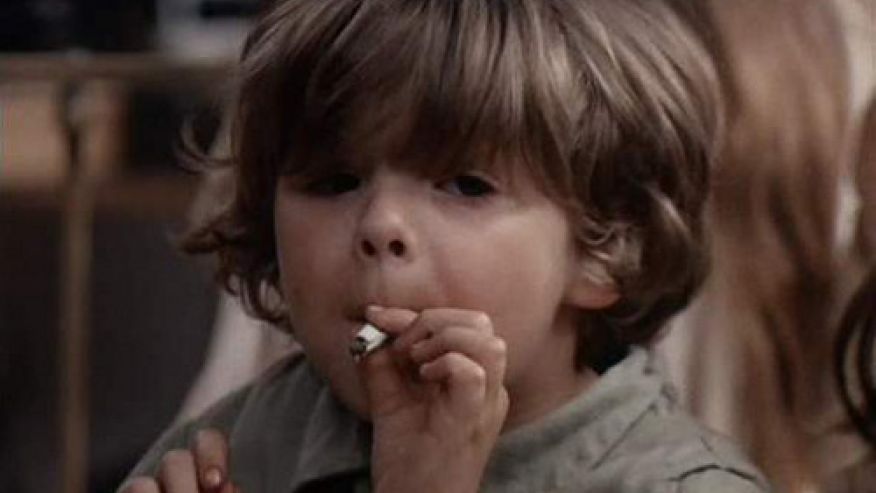 After all, it's amazing - a person whom you know better than anyone else, your child, changes behavior, albeit slightly, but changes - and you don't notice it! Sometimes from unwillingness to accept bad news, sometimes simply out of ignorance. We will try to eliminate the second reason.
After all, it's amazing - a person whom you know better than anyone else, your child, changes behavior, albeit slightly, but changes - and you don't notice it! Sometimes from unwillingness to accept bad news, sometimes simply out of ignorance. We will try to eliminate the second reason.
In this article I will talk about the most popular and accessible drug among young people - marijuana. Anasha is a relatively inexpensive drug, it is easier to get it than you think. But the reason for the popularity among older children and young people is not only accessibility. The secret is simple - marijuana is very easy and not scary to use. It does not need to be injected into a vein, swallowed, sniffed. Everyone smokes cigarettes. What's scarier than a goat?
So, what should you pay attention to first of all? You should know that the behavior of a moderately “smoky” person is almost impossible to distinguish from adequate.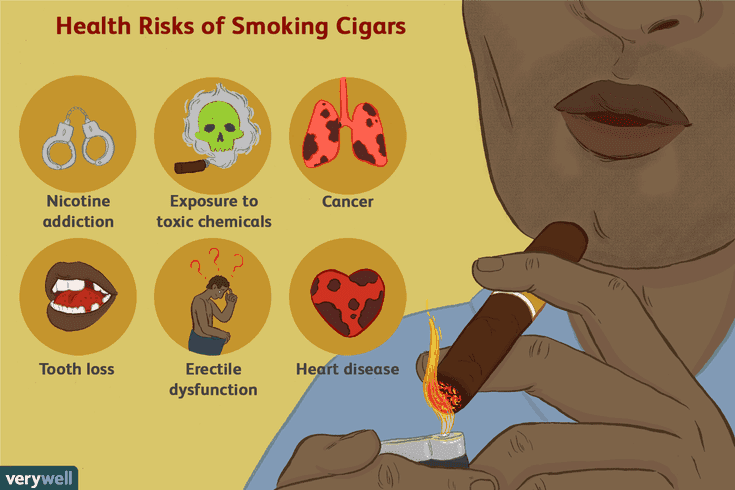 However, the reason for suspicion is created by the user himself. He, as they say, "fires", that is, considering his behavior unnatural, he tries to give the impression of a sober person. Hence the desire to hide his eyes, look away, down, not to talk, or when forced to talk - carefully select words and choose simple, everyday topics - he is afraid of "blunting". In the thoughts of the child at such moments - confusion and panic. The consequence is a frightened facial expression, a shifty look that is directed anywhere but into your eyes, short monosyllabic answers.
However, the reason for suspicion is created by the user himself. He, as they say, "fires", that is, considering his behavior unnatural, he tries to give the impression of a sober person. Hence the desire to hide his eyes, look away, down, not to talk, or when forced to talk - carefully select words and choose simple, everyday topics - he is afraid of "blunting". In the thoughts of the child at such moments - confusion and panic. The consequence is a frightened facial expression, a shifty look that is directed anywhere but into your eyes, short monosyllabic answers.
The person "plays the role" of a normal person. This can be conveyed approximately in such a mental series: “so, I came to do that ... yes! Eat! Yes, and then wash up and watch TV ... or music ... oh, how I slowly undress ... ”Therefore, his movements are sharp, chaotic, chaotic. So he got to the TV, or his room - and that's it, he calmed down. The goal is reached, now he can do nothing at all - and this does not look suspicious.
The goal is reached, now he can do nothing at all - and this does not look suspicious.
That is, the child gives himself away. This is caused both by the action of the drug and simply by an elementary human fear of being caught.
It should also be taken into account that a child who has smoked marijuana will try not to come home at all, not to catch your eye until the effect of the drug weakens. But this will not help much, even if the child, already sober, returned home - all the signs will be there! Intoxication after a three-four-hour peak subsides, but very slowly. Yes, and the child knows what he used! This means that he is afraid (“the hat is on fire on the thief”), and as a result, he “burns out”.
This is the main and main indirect sign by which one can suspect a son or daughter of using marijuana. I emphasize - only to suspect, to think! If such cases are not isolated - it's time to start worrying. It is important to remember that later, if your child continues to use marijuana, each time it will be easier for him to control his emotions and thoughts under the influence of the drug (he will simply get used to it), which means it will be more difficult for you to notice inappropriate features in his behavior.
I emphasize - only to suspect, to think! If such cases are not isolated - it's time to start worrying. It is important to remember that later, if your child continues to use marijuana, each time it will be easier for him to control his emotions and thoughts under the influence of the drug (he will simply get used to it), which means it will be more difficult for you to notice inappropriate features in his behavior.
I would like to note once again: the most important thing is attention to detail and readiness to see the situation not in a rosy color. And God forbid that you never notice the warning signs in the behavior of your children!
If this topic is relevant for you, the article aroused interest, then in the next article I will tell you how to indirectly detect the use of another type of drug that is very popular among young people, namely stimulants - amphetamines and the so-called ecstasy.

